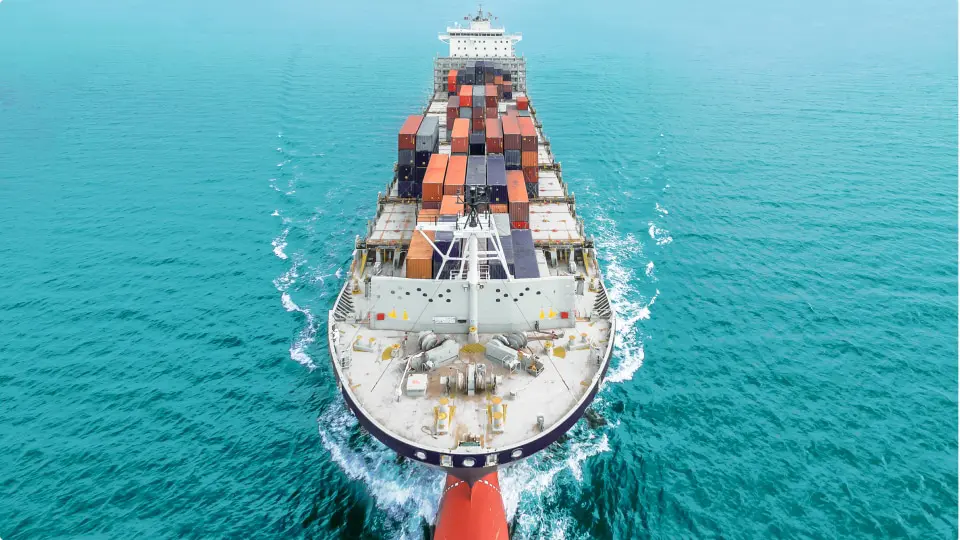What is a Blank Sailing?
When an ocean carrier cancels or skips a scheduled port of call or region in the middle of a fixed rotation, that route is considered a Blank Sailing (also called a Void Sailing).
Blank Sailings are generally caused by shifting market dynamics. For example, in times of low demand for space on a vessel, carriers can blank sailings to reduce their available capacity by consolidating shipments, helping them keep rates stable.
In addition, a carrier may decide to plan a blank sailing if bad weather, port congestion, or other situations cause delays that impact shipping schedules. And if there isn’t much freight to pick up or drop off at a particular port, or if equipment availability there is low, a carrier may schedule a blank sailing to pass up that port and quickly reposition the ship on a more in-demand portion of the lane.
Blank sailings can present obvious challenges for shippers. If your goods were planned for loading or unloading at a skipped port, you will have to arrange alternate transportation to move the goods to/from a new port, which will require additional expense and may delay the arrival of the cargo. And for temperature controlled or perishable goods, a blank sailing can mean the total loss of your shipment.
Shipping companies do make efforts to inform customers ahead of time if they are planning to blank a sailing, and your cargo will generally be loaded onto the next available vessel (which in most cases won’t be too far away), but you get some reassurance from maintaining a supply of “emergency” stock and having a good backup plan for alternate transportation in the event your shipment is affected by a blank sailing.
Note: When a vessel’s entire voyage is cancelled, we call this “blanking the string”.






